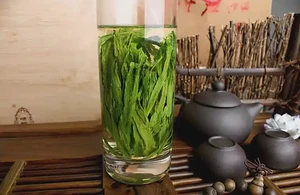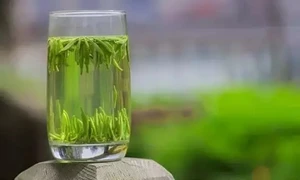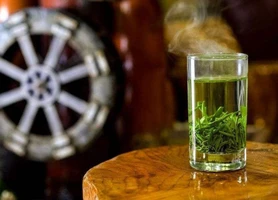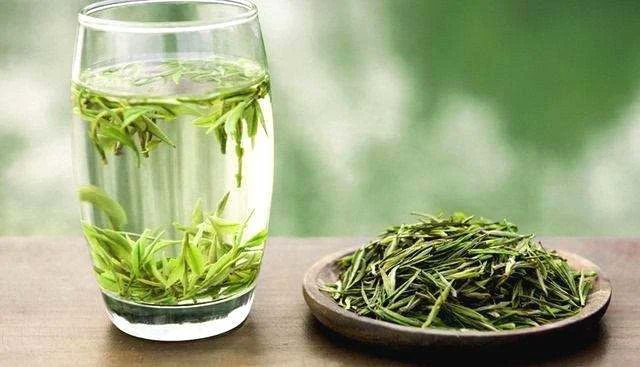

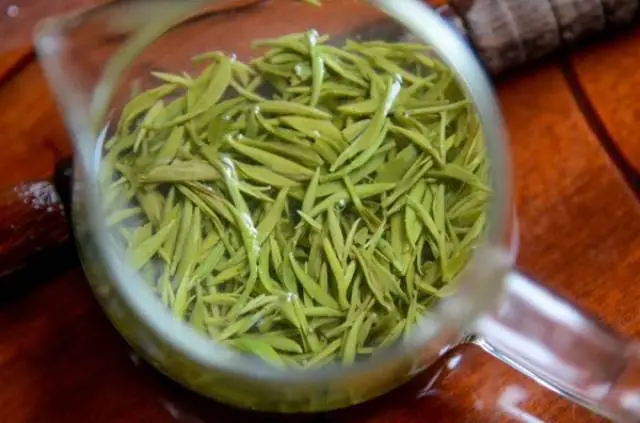
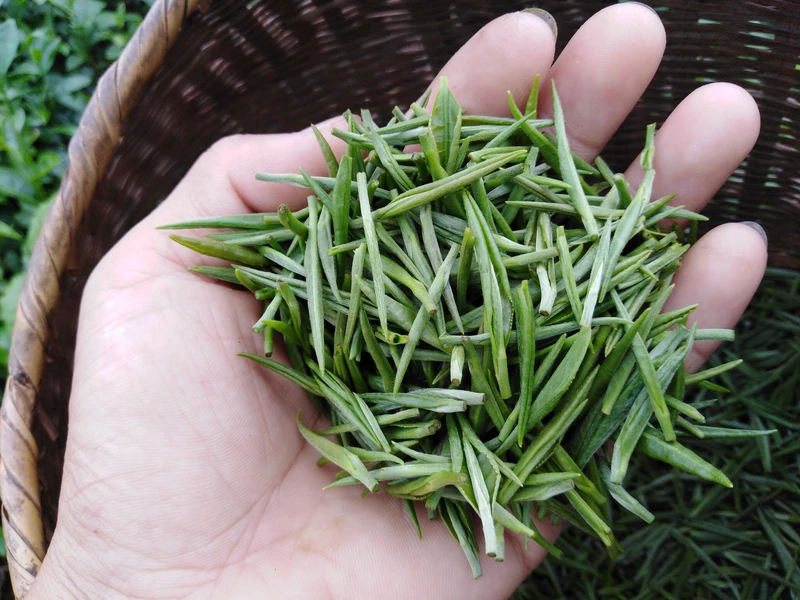
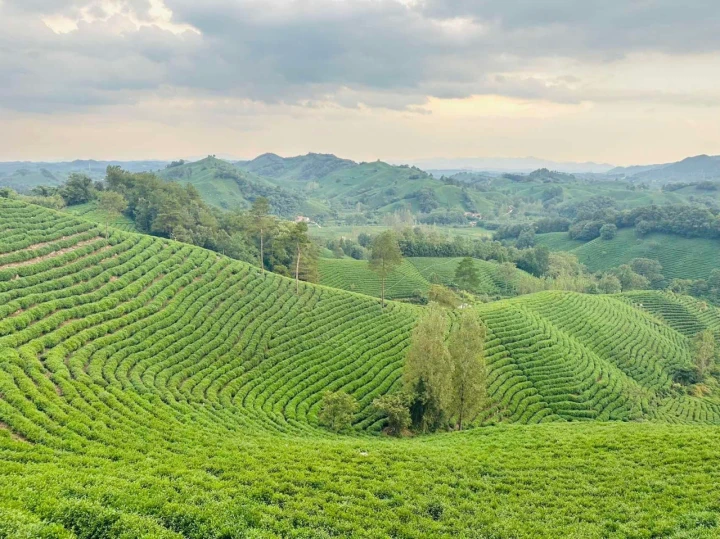
Xin Yang Mao Jian
Origin
Henan
Category
Green Tea
Harvest Time
Pre-Qingming
Processing
Pan-firing
Description
Xin Yang Mao Jian is a renowned Chinese green tea from Xinyang City, Henan Province. It is known for its distinctive needle-like shape, bright green color, fresh aroma, and a mellow, sweet taste with a slight astringency.
